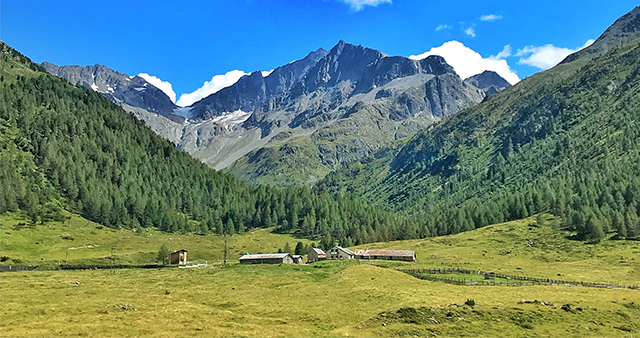OSLO 1952
THE AMAZING EVOLUTION OF THE OLYMPIC TORCHES DESIGN
In 1952 the Games finally arrived in Norway, birthplace of skiing. The torch of Oslo was designed by Geir Grung and manufactured by Adolf Thoresen. It consisted of a cylindrical handle topped with a flat oval silver bowl engraved with the Olympic rings and the writing «Morgedal-Oslo». The material composition of the 22cm long torch is brass and steel alloy. The first torch relay of Olympic Winter Games started at Morgedal (county of Telemark) right at the house of Sondre Nordheim, a Norwegian skiing legend of the 19th century and important promoter of this sport in his country; afterwards, it was carried by 94 skiers to Oslo. Hjalmar Andersen won three gold medals In speed skating. The time he achieved in the 5.000m and in the 10.000m were the greatest in the history of the Olympics. In front of over 115.000 spectators, Arnfinn Bergmann won the ski jumping race on the legendary hill of Holmenkollen. His compatriot Torbjorn Falkanger arrived second.
Computers were used for the first time in figure skating, for the calculation of the scores assigned by the judges in the different mandatory and free programs. This has allowed the athletes to know the achieved score immediately. Princess Ragnhild opened the Winter Olympic Games instead of King Hǻkon VII, who was in England to attend the funeral of His Majesty King George VI. For the first time, the Games were held in a city located by the sea. Oslo is in fact at the end of a fjord with the same name. Sapporo in 1972, Vancouver in 2010 and Sochi in 2014 are the other three cities located by the sea which have hosted and will host the Winter Olympic Games. Among these, Oslo is the only city which is also a capital. On February 15th, 1952 in Oslo the Norwegian ski champion Lauritz Bergendal hands the Olympic Flame to the last torchbearer in order to formalize the opening of the Olympic Games.





